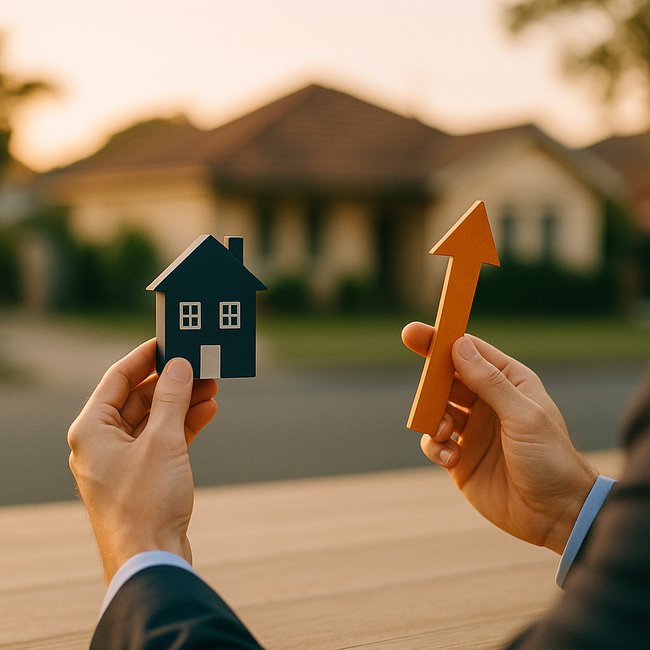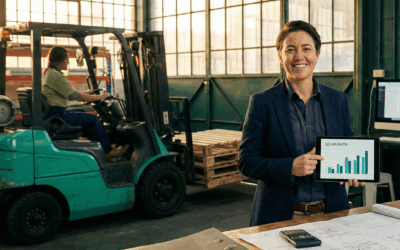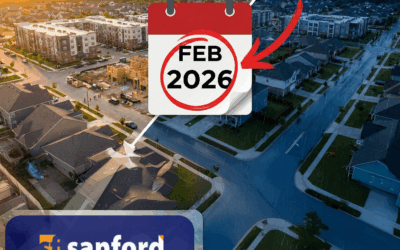Building vs Buying: Why the Gap is Narrowing and What It Means for You
Once upon a time, the decision between building a new home and buying an existing one was as clear as choosing between instant coffee and a freshly brewed espresso. In December 2023, Nerida Conisbee, Ray White’s Chief Economist, noted that ‘construction costs had dramatically outpaced house price growth, making it cheaper to buy an established home than build new.’ Fast forward to 2025, and the landscape is shifting under our feet like a tectonic plate.
Understanding the Changing Dynamics
In recent times, factors such as pandemic-induced supply chain disruptions and labor shortages had sent construction costs soaring to dizzying heights. However, these pressures are now starting to ease, revealing a more balanced playing field between building and buying.
The Cost Equation
Let’s break it down: the cost of building a new home is influenced by a cocktail of factors including raw materials, labor, and land. As these costs begin to stabilize, the gap between building and buying is narrowing. This is akin to the price of avocados finally coming down after a season of shortages. Suddenly, building a new home doesn’t feel like a splurge on an artisanal latte anymore.
The Pros and Cons: Choosing Wisely
So, what’s a prospective homeowner to do? Here’s a snapshot of the current pros and cons:
Building – The New Frontier
- Customization: Building allows you to tailor your home like a bespoke suit, fitting your lifestyle and tastes perfectly.
- Modern Amenities: New homes come with the latest energy-efficient technologies and smart home features, which can save you money in the long run.
- Investment Potential: As construction costs stabilize, the potential for value appreciation increases.
Buying – The Comfort of the Known
- Immediate Move-In: Buying an existing home means you can move in without waiting for construction completion.
- Location: Established homes are often situated in well-developed neighborhoods with mature infrastructure.
- Historical Character: Older homes can offer unique character and charm that’s hard to replicate.
Making the Decision: Some Practical Advice
In the end, your choice between building and buying should align with your financial goals, lifestyle needs, and long-term plans. Here are some tips to help you decide:
- Assess Your Budget: Calculate your total budget, including hidden costs such as landscaping, utility connections, and potential renovations.
- Consider Timeframes: If you need to move quickly, buying might be the better option. But if you have time to spare, building offers customization.
- Evaluate Location: Consider the community, amenities, and future growth potential of the area.
- Seek Expert Guidance: Engaging with a knowledgeable mortgage broker, like those at Sanford Finance, can help you navigate your financing options with ease.
The Role of a Mortgage Broker
At Sanford Finance, we understand the emotional stakes and financial intricacies involved in choosing between building and buying. Our team is here to guide you with precision and care, helping you plot a course for your financial future.
Conclusion: Embrace the Opportunity
With the gap between building and buying narrowing, now is an exciting time to explore your options. Whether you’re looking to build your dream home from the ground up or buy an established property, the landscape is ripe for opportunity. Remember, the key is to make an informed decision that suits your unique circumstances.
For expert guidance tailored to your needs, reach out to Sanford Finance. Let’s work together to secure the home that fits your dreams and your budget.




